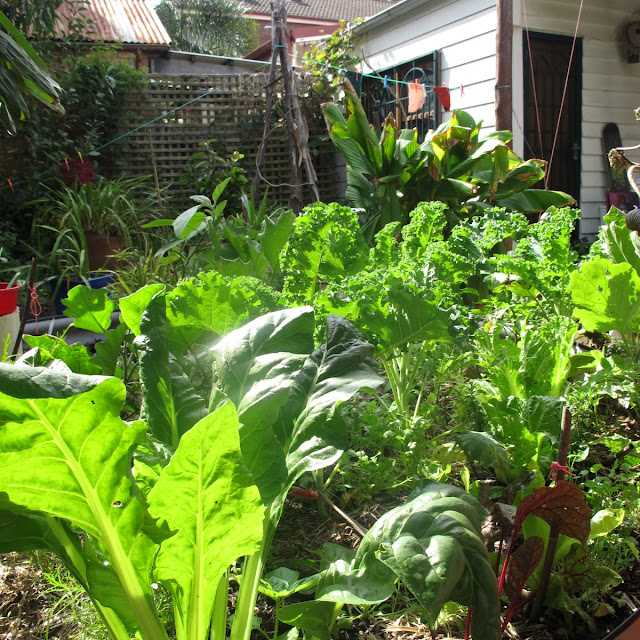After studying primary school teaching for only 6 weeks I have learnt so much I think my head might explode. It's a great course and there are some fantastic lecturers who are offering really inspiring and knowledgeable advice. One main theme which has been coming through our English course is the importance of imaginative play and its relation to building children's language skills, as well as a range of other important areas. There have been numerous studies which have verified the importance of imaginative play for children and how that supports their language skills, emotional wellbeing and growth, as well as their understanding of the world around them and how it works. Free play also allows children to develop problem-solving skills, cooperation and responsibility.
 |
|
 |
Children use their own world experiences to make meaning from books, as well as use books to create games, expand their imagination and to discover new worlds. Research states that imaginative play engages many areas of the brain because it involves emotion, cognition, language and sensorimotor actions, and may promote the development of dense synaptic connections. Structured games, as well as electronic games and devices can and will not be a replacement for what is learnt through unstructured and free play. This is children's work and this is what helps them to develop their mind, their emotion, as well as their personalities. Young toddlers, right up to late stage primary school children need and should be allowed to develop their imagination by engaging in free and imaginative play and I find it so sad when I see children who are unable to engage in such an activity. Their mind has often been stifled and even corrupted by watching too much television or playing too many electronic games; it is as though their imagination ceases to exist.

I felt so heartened on a recent observation day to Cabramatta Public School, a low SES school, with over 95% of the student population coming from ESL backgrounds, actively engaging in the school kitchen program. It was inspiring and uplifting to see this class of year 2 students, so eager to answer questions about compost, worms, and how to plant lettuces. This school had a fantastic program which allowed the students an hour of meditation and imaginative thinking, following by an hour of gardening and cooking. How could this not be unequivocally and obviously beneficial for the students; especially for many of those who had experienced trauma on their journey to Australia.
Children seem to have a natural affinity with gardening and it is a priceless lesson to teach children how to plant seeds and to watch the growth of those plants, into beautiful flowers, productive produce and/or homes for bees, butterflies and other tiny creatures. Gardens are a great catalyst for the creation of many stories and imaginative games. It is important to nurture these spaces, whether one has a garden or not. Remember, the world is a garden!



























